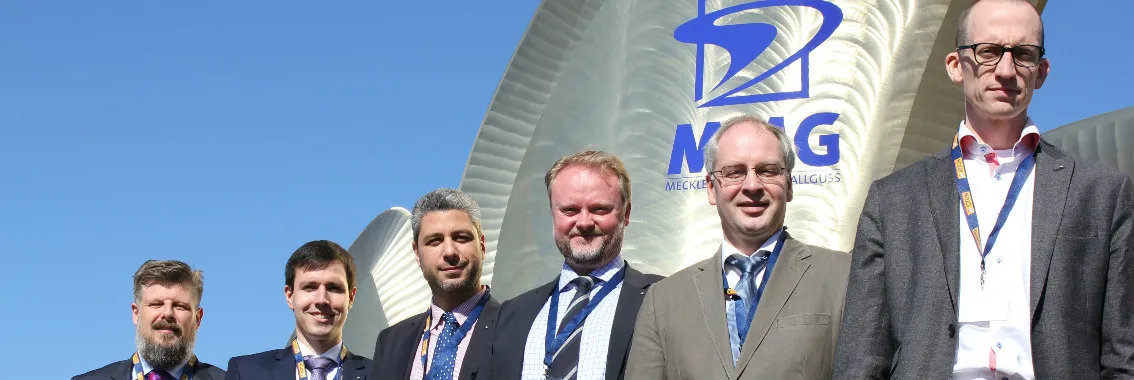Efforts to improve hull and propeller performance are gaining momentum, though more discussion is needed to enhance the accuracy and transparency of performance monitoring, according to experts at the Hull Performance & Insight Conference (HullPIC).
Last week experts and practitioners from around the globe met in Castle Ulrichshusen, Germany, for the second HullPIC. The three-day gathering attracted over 100 industry professionals from the maritime industry. The annual conference, which was jointly organised by Jotun and DNV GL, covered the ISO 19030 standard and common challenges and solutions that can help ship owners realise potential fuel savings.
In his opening address, Geir Axel Oftedahl, Director of Business Development at Jotun Marine, focused on the recently published ISO 19030 standard and shared ideas for further improvement. “The standard delivered on its stated aims, and represents a good starting point to offer a level playing field. It will evolve as experience is gained and ideas are shared for further improvement. Going forward, we need to better highlight the principles and values of the new standard. Also, there are some complexities that need to be simplified and more discussion is needed, for instance, when it concerns improving applicability.”
“The conference brought relevant stakeholders together to exchange experience in the still evolving field of performance management, especially in light of the ISO 19030,” said Volker Bertram, Senior Project Manager, Competence, Learning & Academy at DNV GL – Maritime. “Clearly, the topic strikes a nerve in the industry and the balance between the ship owners and developers at the conference allows for an open exchange where both sides benefit.” The conference presentations covered a variety of technical subjects. For instance, Sergiu Paereli (Jotun HPS) focused on hull and propeller performance on an absolute scale, while Andreas Krapp (Jotun HPS) took a detailed look at the speed-power relation of different vessel types under different loading conditions.
Volker Bertram (DNV GL) shared his thoughts on the ISO 19030 and ways in which the standard procedure could be improved. Daniel Schmode (DNV GL) focused on the influence of noise and bias on the uncertainty of data-based hull performance prediction.
The impact of the EU regulation for Monitoring, Reporting and Verification (EU MRV) on monitoring reporting solutions and verification of the effectiveness of energy saving devices were addressed by Torsten Büssow, Jarle Blomhoff and Jan Wienke (all three from DNV GL).
The conference attracted a wide range of industry stakeholders including ship owners, technology developers, equipment suppliers and data analysts. 36 papers were submitted, reflecting the collaborative approach to exchanging knowledge and best practice.
“Despite the complex, technical challenges involved, the response to the conference topics and level of speakers was very well received by the delegates,” said Volker Bertram. This sentiment was echoed by Geir Axel Oftedahl: “It has been a positive, constructive meeting with industry professionals who are willing to come together to share operational experiences and discuss common challenges. In the spirit of HullPIC, more discussion is needed to further advance hull and propeller performance management, and support the widespread adoption of ISO 19030.”
About Jotun
Jotun is one of the world's leading manufacturers of decorative paints and performance coatings (marine, protective and powder coatings). The group has 63 companies and 37 production facilities on all continents, and is represented in more than 100 countries around the world. The Jotun Group has more than 9,800 employees and has its head office in Sandefjord, Norway. For more information visit
www.jotun.com.
